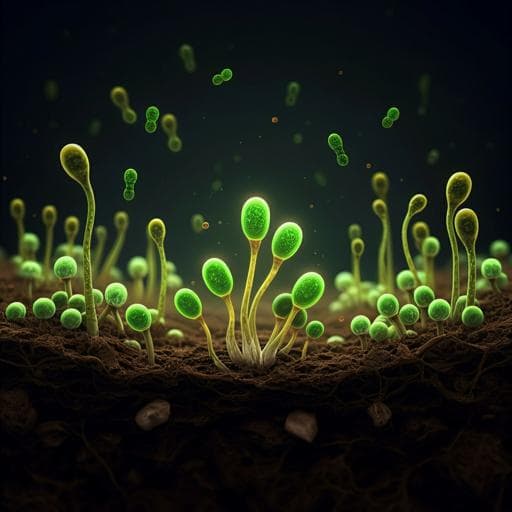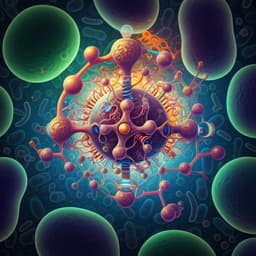
Agriculture
A hybrid inorganic-biological artificial photosynthesis system for energy-efficient food production
E. C. Hann, S. Overa, et al.
Discover how a groundbreaking two-step CO₂ electrolyser system developed by Elizabeth C. Hann and colleagues generates a concentrated acetate stream, paving the way for innovative cultivation of organisms without sunlight. This study shows significant potential to enhance solar-to-food energy conversion efficiency, making food production more sustainable.
~3 min • Beginner • English
Related Publications
Explore these studies to deepen your understanding of the subject.







